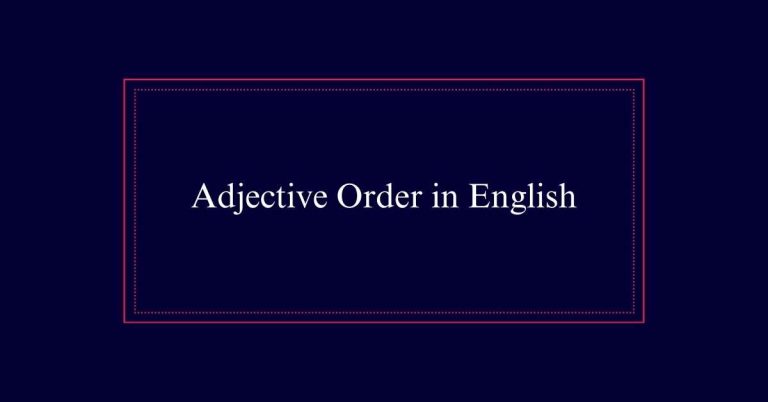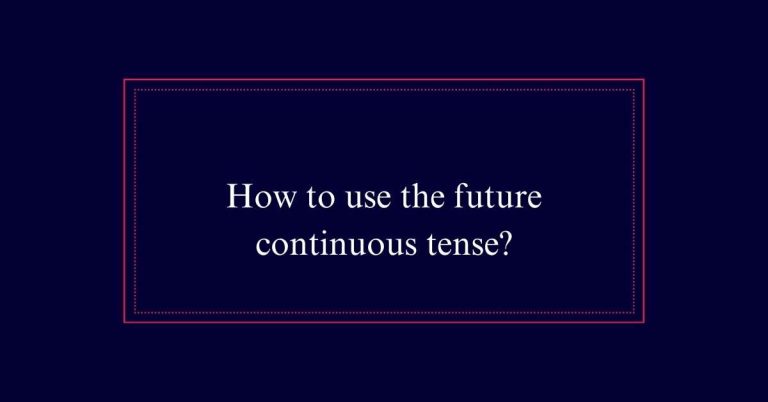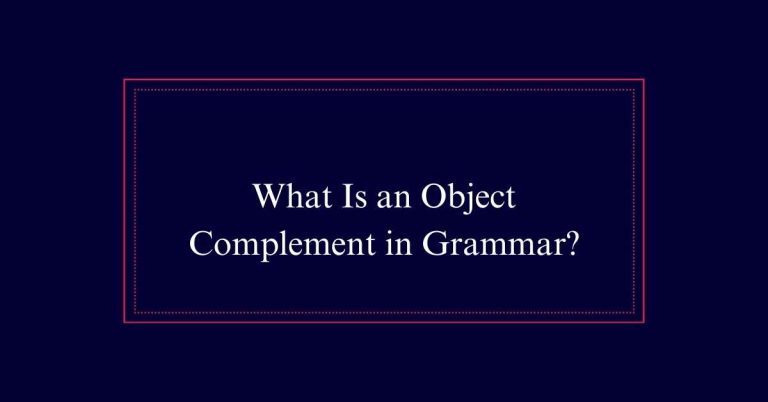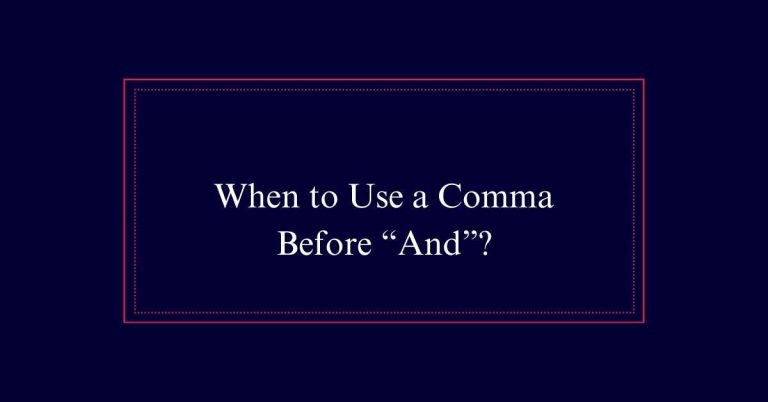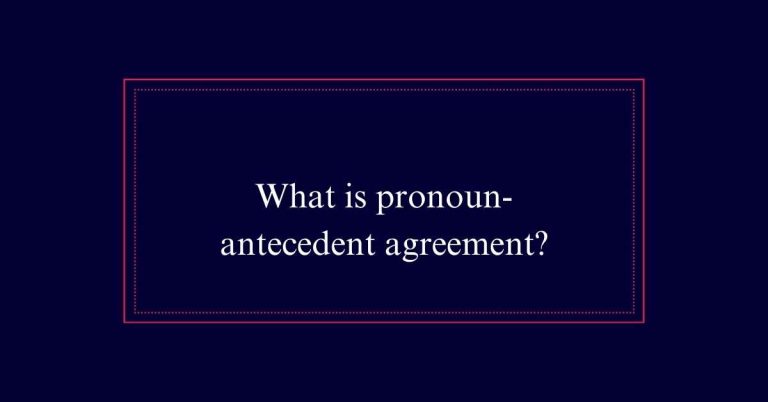Possessive Pronouns and Possessive Adjectives
Possessive pronouns and possessive adjectives clarify ownership in sentences. Possessive pronouns, like mine, yours, his, hers, ours, and theirs, replace nouns to avoid repetition. For example, “The book is mine.” Possessive adjectives, such as my, your, his, her, our, and their, directly modify nouns, making sentences clear and concise. For instance, “This is my book.” Possessive pronouns often appear at the end of clauses, while possessive adjectives precede nouns.
Independent Possessive Pronouns
Independent possessive pronouns are used to replace nouns and show ownership without needing additional words. They stand alone in sentences, simplifying structure and avoiding repetition.
For example, instead of saying ‘Raúl’s peace lilies were healthier than my peace lilies,’ one can say, ‘Raúl’s peace lilies were healthier than mine.’ This makes sentences clearer and more concise.
Common independent possessive pronouns include mine, yours, his, hers, ours, and theirs. They often appear at the end of clauses, providing a clear indication of ownership without restating the noun.
Function of Possessive Pronouns
How do possessive pronouns enhance sentence clarity and efficiency?
Possessive pronouns replace nouns to indicate ownership, making sentences clearer and more concise. By standing alone, they eliminate the need to repeat the noun, thereby streamlining communication.
For example, instead of saying ‘Raúl’s peace lilies were healthier than Raúl’s,’ you can use ‘mine’ to avoid redundancy: ‘Raúl’s peace lilies were healthier than mine.’ This usage not only makes sentences shorter but also less cumbersome.
Possessive pronouns, such as ‘yours’ and ‘theirs,’ often appear at the end of clauses, providing a clear reference to the previously mentioned noun. This function is essential in maintaining sentence fluidity and reducing repetitive phrases.
Simplifying Sentences
Building on the clarity that possessive pronouns bring to sentences, possessive adjectives further simplify communication by directly modifying the nouns they describe. By doing so, they make sentences shorter and clearer.
For instance, ‘Jane takes pride in her outfits’ is more straightforward than saying ‘Jane takes pride in the outfits that belong to her.’ Using possessive adjectives like ‘my,’ ‘your,’ ‘his,’ and ‘their’ reduces redundancy and enhances understanding. They effectively indicate ownership without lengthy explanations.
Consider, ‘Your dinner is ready.’ This sentence is concise and immediately informative. In contrast, ‘The dinner that belongs to you is ready’ is unnecessarily verbose. Therefore, possessive adjectives streamline sentences, making speech and writing more efficient.
Common Pronoun Examples
Common pronoun examples frequently illustrate how these words clarify ownership in sentences. Possessive pronouns, such as ‘mine,’ ‘yours,’ ‘his,’ ‘hers,’ ‘ours,’ and ‘theirs,’ replace nouns to show possession. For example, ‘My phone is dead. Pass me yours.’ Here, ‘yours’ eliminates the need to repeat ‘phone.’
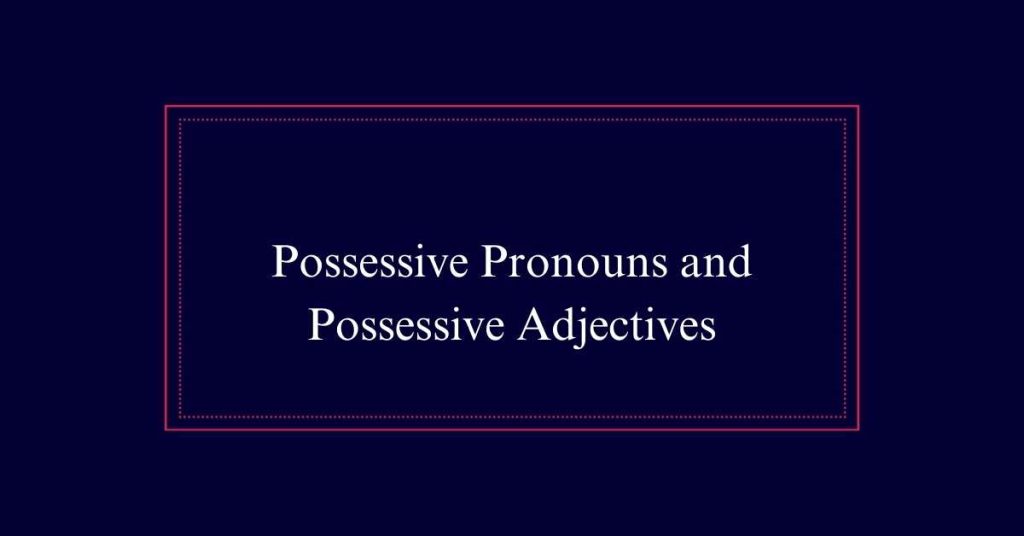
Another example is, ‘The house on the corner is theirs.’ This usage avoids redundancy and makes sentences smoother.
Possessive adjectives, including ‘my,’ ‘your,’ ‘his,’ ‘her,’ ‘its,’ ‘our,’ and ‘their,’ precede nouns to indicate ownership. Examples include, ‘Your dinner is ready,’ and ‘Could you bring his tea out to him?’ These adjectives specify who owns what, streamlining communication and avoiding confusion.
Placement in Sentences
Understanding the placement of possessive pronouns and possessive adjectives in sentences is essential for clear and effective communication. Possessive pronouns, such as ‘mine,’ ‘yours,’ and ‘theirs,’ often appear at the end of clauses. For example, ‘The book is hers.’ This placement helps avoid repetition and keeps sentences concise.
On the other hand, possessive adjectives like ‘my,’ ‘your,’ and ‘their’ are positioned before nouns to indicate ownership. For instance, ‘My car is parked outside.’ This structure clarifies ownership and modifies the noun directly.
Proper placement of these elements ensures that sentences are both clear and grammatically correct, enhancing overall communication.
Understanding Possessive Adjectives
Possessive adjectives, such as ‘my,’ ‘your,’ and ‘their,’ are essential for indicating ownership in sentences. They precede nouns to show who owns something.
For example, in the sentence ‘My plane is delayed,’ ‘my’ shows that the plane belongs to the speaker. These adjectives help streamline communication and avoid repetition.
Common possessive adjectives include ‘his,’ ‘her,’ ‘its,’ ‘our,’ and ‘their.’ They modify nouns and clarify possession.
It’s important to remember that possessive adjectives do not stand alone; they must be followed by a noun. A common mistake is confusing ‘its’ (possessive) with ‘it’s’ (it is).
For instance, ‘The boat lost its mast’ correctly shows possession.
Adjectives Before Nouns
Adjectives placed before nouns provide essential details about the noun they modify. They help describe and specify the noun’s attributes, enhancing clarity and understanding. This positioning is vital in English grammar to convey the intended meaning efficiently.
Adjectives can indicate quantity: ‘several books’
Describe quality: ‘beautiful garden’
Specify possession: ‘her coat’
Show size: ‘large room’
Identify color: ‘red car’
Using adjectives before nouns makes sentences more informative and precise. For example, ‘her red car’ is more specific than just ‘car.’
Clarifying Ownership
Clarifying ownership in English involves using possessive pronouns and possessive adjectives to indicate who owns or possesses something. Possessive pronouns replace nouns and stand alone in a sentence. This helps avoid repetition.
For example, ‘Raúl’s peace lilies were healthier than mine.’ Here, ‘mine’ stands alone, showing ownership.
Possessive adjectives, on the other hand, go before nouns to indicate ownership. They modify the noun directly, as in, ‘Jane takes pride in her outfits.’ Here, ‘her’ clarifies that the outfits belong to Jane.
Both forms streamline sentences and make ownership clear without redundancy.
Common Adjective Examples
Understanding how possessive pronouns clarify ownership leads us to examine some common examples of possessive adjectives in everyday use. Possessive adjectives, unlike possessive pronouns, modify nouns to indicate ownership. They come before the noun they modify, streamlining sentences and avoiding redundancy.
Here are some examples:
- My: This is my book.
- Your: Your car is parked outside.
- His: Could you bring his coat?
- Her: Her ideas were innovative.
- Their: They visited their grandparents.
Its Vs. It’s
One common mistake in English is confusing ‘its’ with ‘it’s’. The word ‘its’ is a possessive adjective that shows ownership, while ‘it’s’ is a contraction for ‘it is’. It is important to differentiate between the two to convey the correct meaning in sentences. Remember, ‘its’ never takes an apostrophe when showing possession, whereas ‘it’s’ always includes an apostrophe to indicate the contraction. Here is a table to clarify:
| Example Sentence | Explanation |
|---|---|
| The cat licked its paw. | ‘Its’ shows the cat owns the paw. |
| It’s going to rain today. | ‘It’s’ means ‘it is’. |
| The company updated its policy. | ‘Its’ shows possession of the policy. |
| It’s time for lunch. | ‘It’s’ means ‘it is’. |
| The car lost its wheel. | ‘Its’ shows possession of the wheel. |

